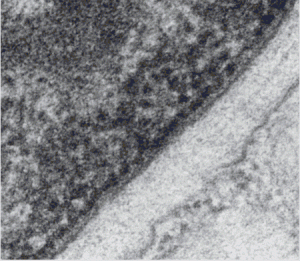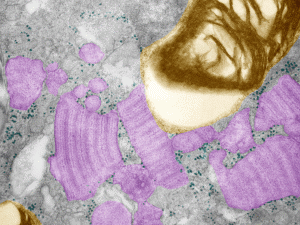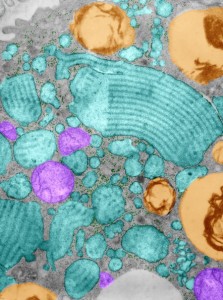It is just one of those “life” things, we come to the world with a set of genes and epigenitic changes, none of which is chosen and about most we are completely ignorant. Even after years of searching for what “keeps me restless at night” preventing a good night sleep I have found yet another “natural” and even healthful food which is on the list of “do not eat after 2 pm”.
It is a general tendency to think of foods that are canned or bottled or commercial to be deliberately spiked with amines (yes MSG by the boat load but other sneaky versions too) , but surprising little facts indicate that aging and fermenting foods that are generally low in amines increases their content.
The physical and neurological impact of amines on some individuals (self included) is profound. I don’t believe as a child I understood why I wanted to jump and hop and run around, or why before trying to go to sleep at night I would feel tingly, itchy, and even get out of bed onto the floor to do sit ups to try to level out my feelings. While I had a diligent mother, and I don’t blame her, I marvel that there was no communication about what was a bothersome physical symptom and anyone with knowledge of biology. C5H9NO4, that is five carbon atoms, nine hydrogen, one nitrogen and four oxygen atoms. The nitrogen and three oxygen atoms form the – amine part. Wikipedia has a great post letting us know with abundant clarity that glutamine is excitatory and has other functions in memory, learning and cognitive function. So lots and lots has been written, available all over the internet, some posts are relatively scientific (I like wikipedia) and others are spooky and bloated. 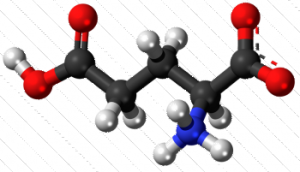 Your body typically can make all the glutamine it needs, and glutamine in most food groups abound.
Your body typically can make all the glutamine it needs, and glutamine in most food groups abound.
But for me, the real proof is in how I sleep at night…. which brings us to the next point — cashews. Cashews are rich in essential nutrients, vitamins and  minerals, and can be part of a healthful diet. But, like peanuts, cashews are pretty high in glutamine. I am not advocating for avoiding cashews but for me, eating a handful before bedtime might be enough to trip the “no sleep” switch for you as it does for me. It took me about 4 nights of tossing and turning to recognize that one large handful of my favorite home roasted mixture of cashews and slivered blanched almonds was sufficient to cause the symptoms. Certainly not the most s
minerals, and can be part of a healthful diet. But, like peanuts, cashews are pretty high in glutamine. I am not advocating for avoiding cashews but for me, eating a handful before bedtime might be enough to trip the “no sleep” switch for you as it does for me. It took me about 4 nights of tossing and turning to recognize that one large handful of my favorite home roasted mixture of cashews and slivered blanched almonds was sufficient to cause the symptoms. Certainly not the most s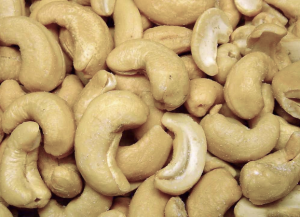 evere sleeplessness I have experienced…. ha ha… that came after eating McDonalds fries at 7 pm one evening. I will never ever do that again. This is a matter of “dose”, but still annoying enough to remember, especially in light of the fact that our individual capacities to utililze this abundant nutrient (which over the millions of eons directed the use of same in most living sentient creatures) can also be affected by individual differences in genes and mutations therein. This is gene environment interaction.
evere sleeplessness I have experienced…. ha ha… that came after eating McDonalds fries at 7 pm one evening. I will never ever do that again. This is a matter of “dose”, but still annoying enough to remember, especially in light of the fact that our individual capacities to utililze this abundant nutrient (which over the millions of eons directed the use of same in most living sentient creatures) can also be affected by individual differences in genes and mutations therein. This is gene environment interaction.
http://www.millhousemedical.co.nz/files/docs/factsheet_7_amines_in_foods.pdf
https://en.wikipedia.org/wiki/Glutamic_acid
